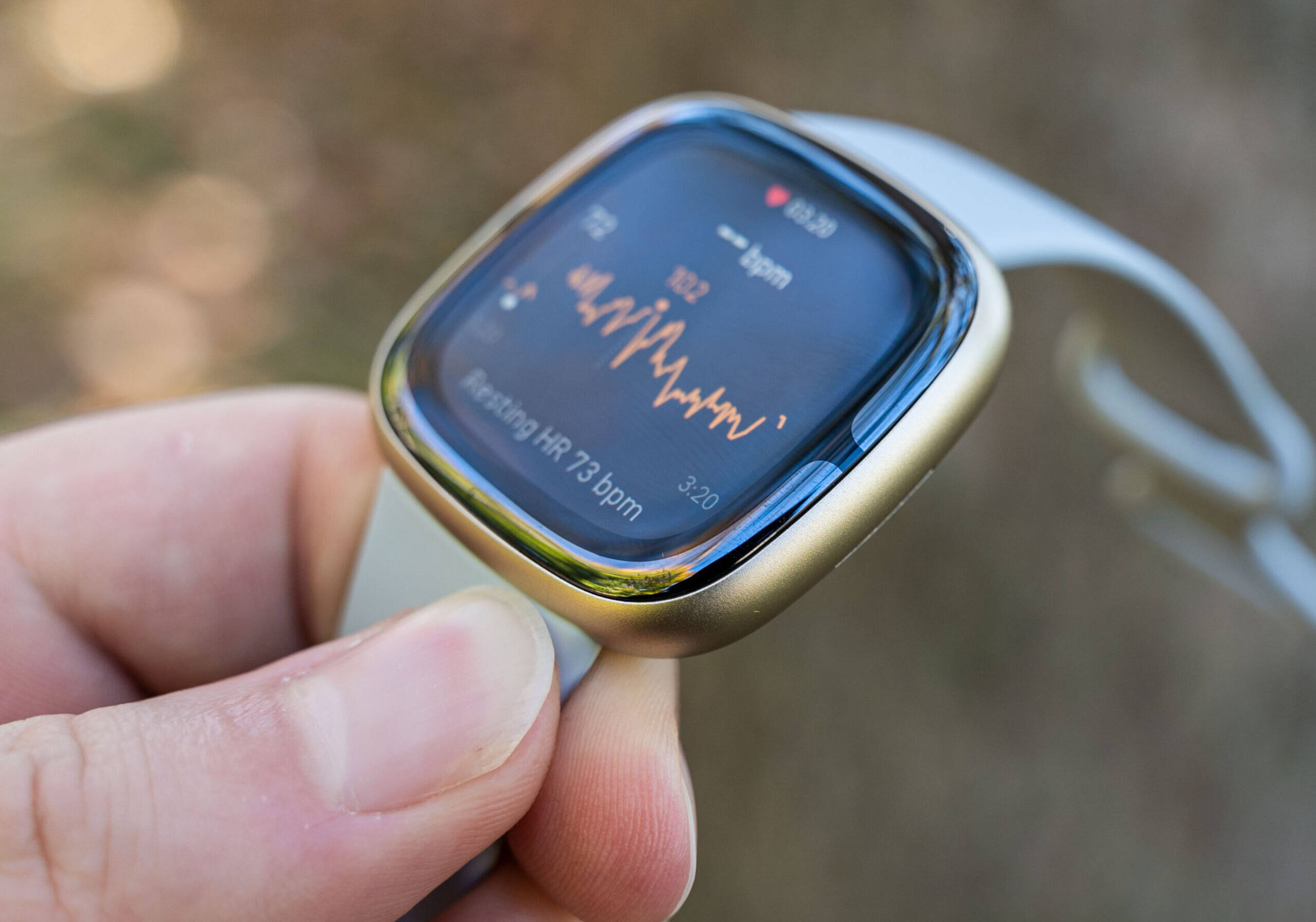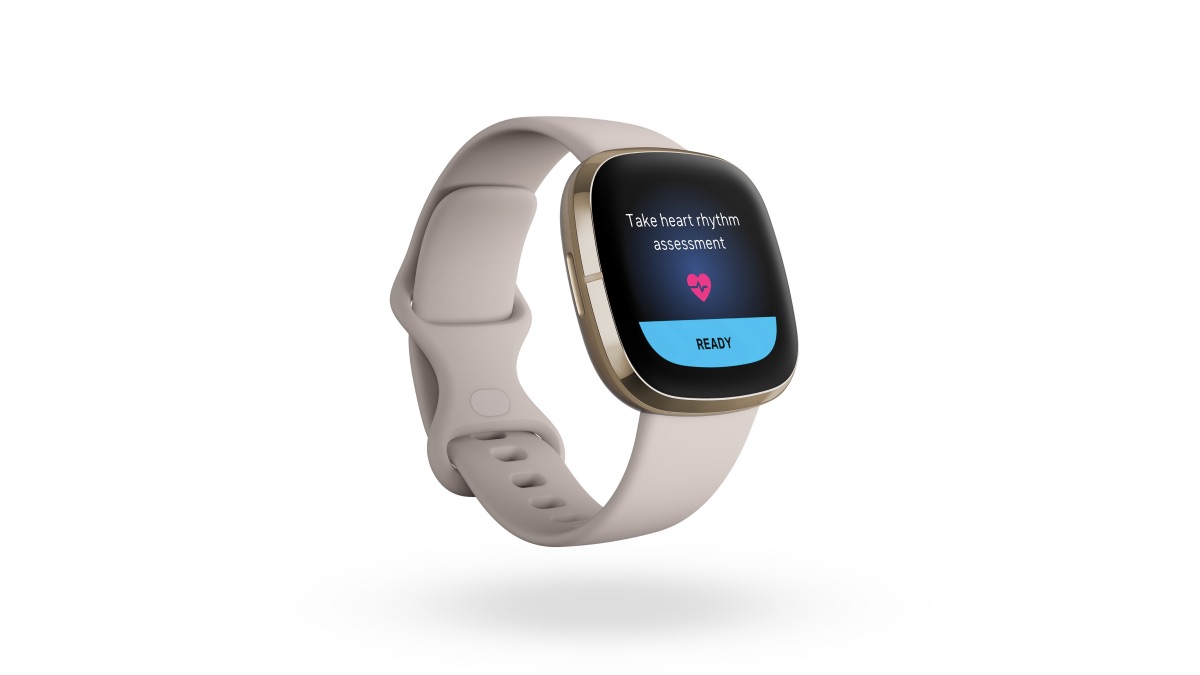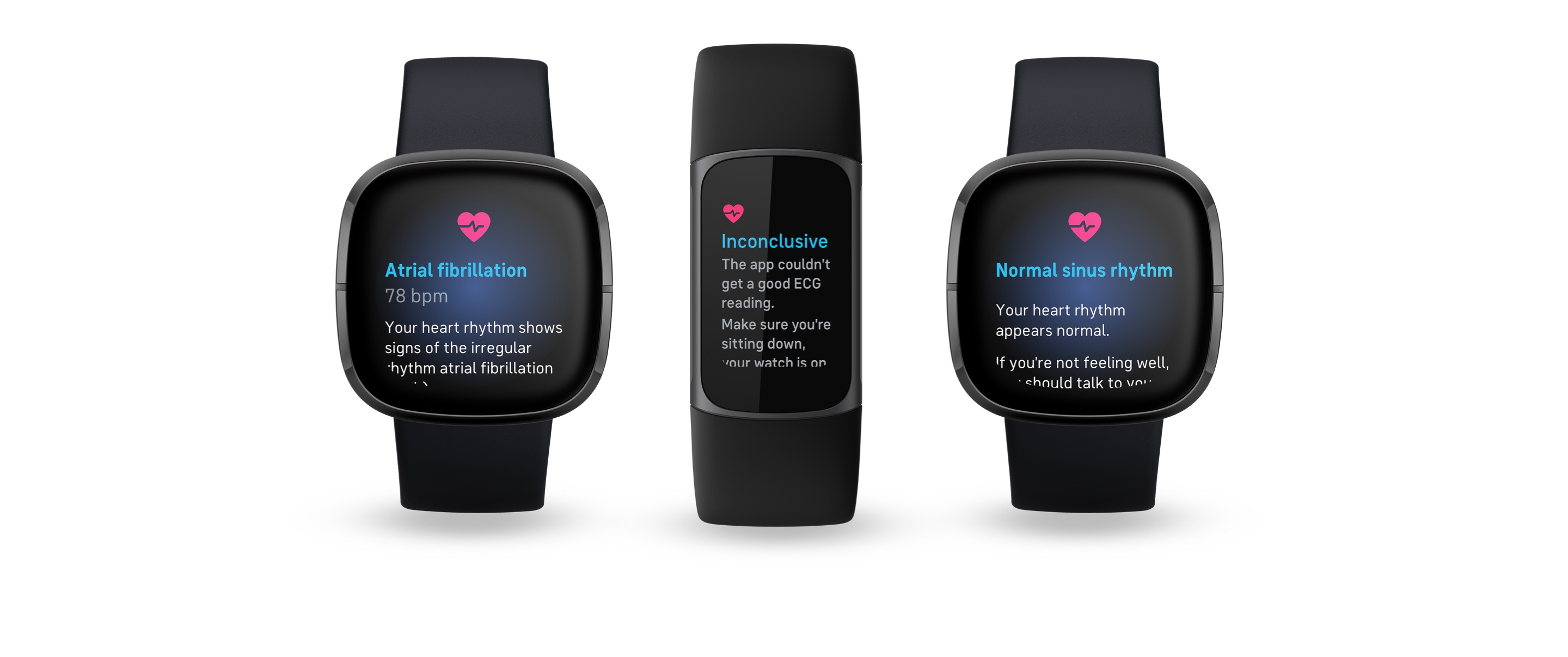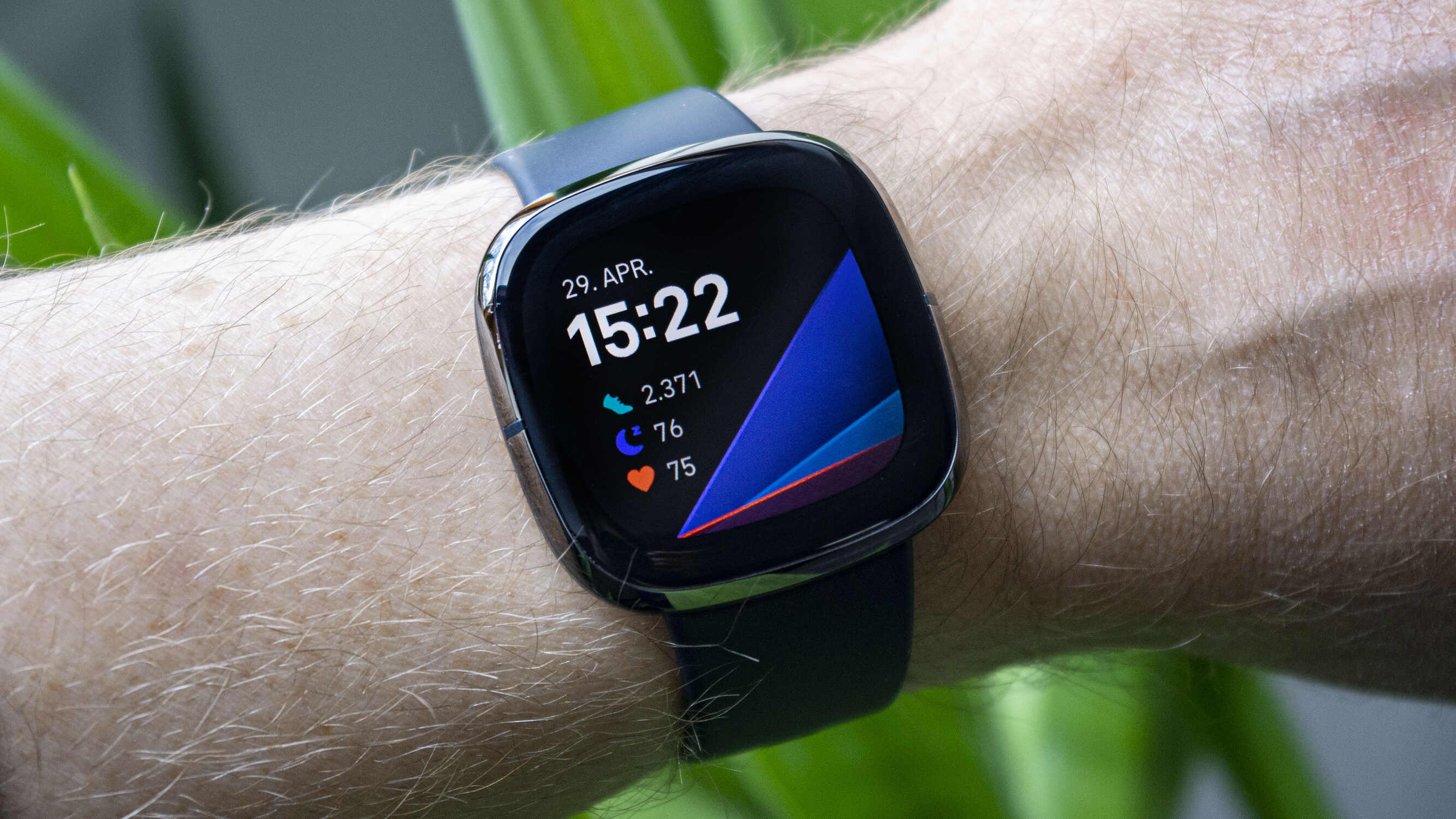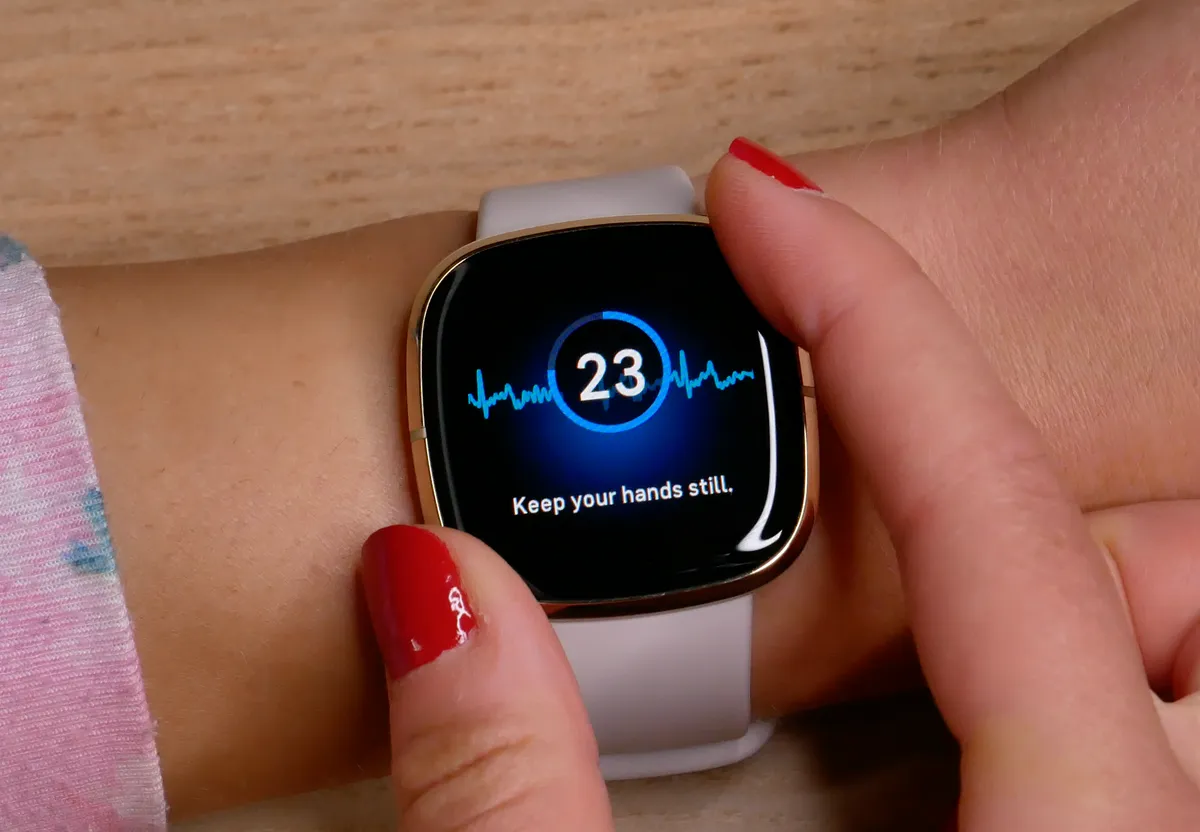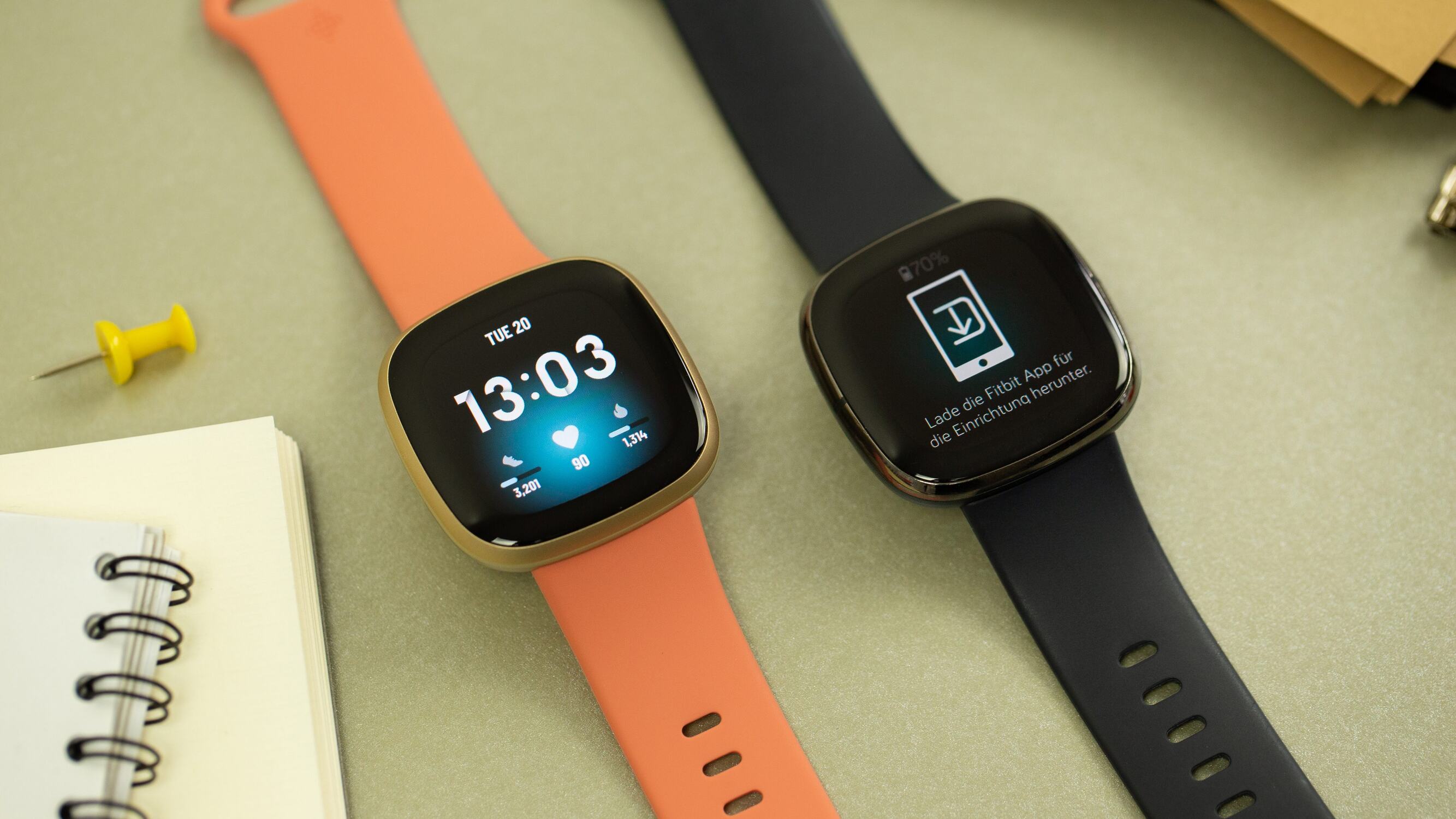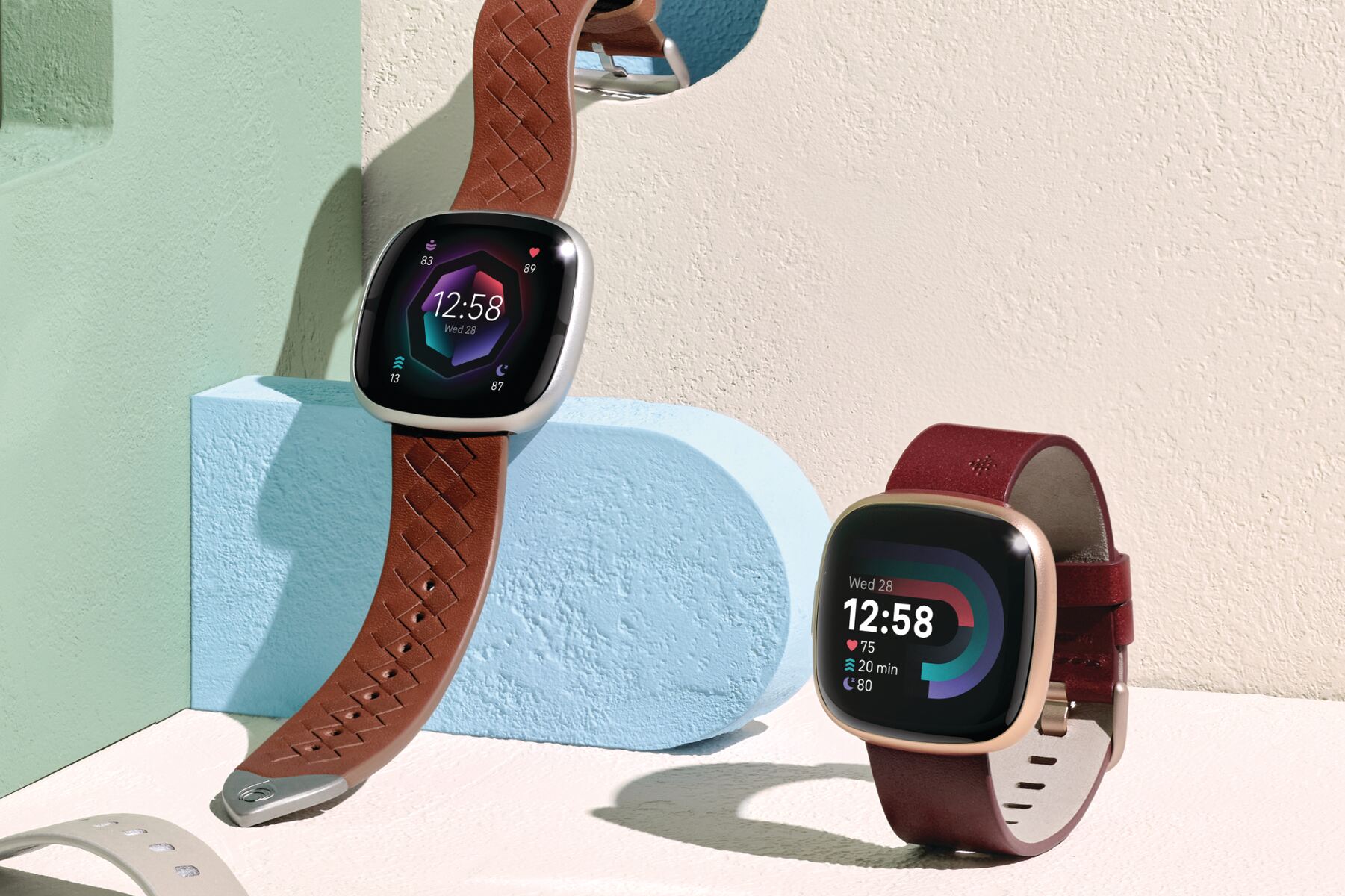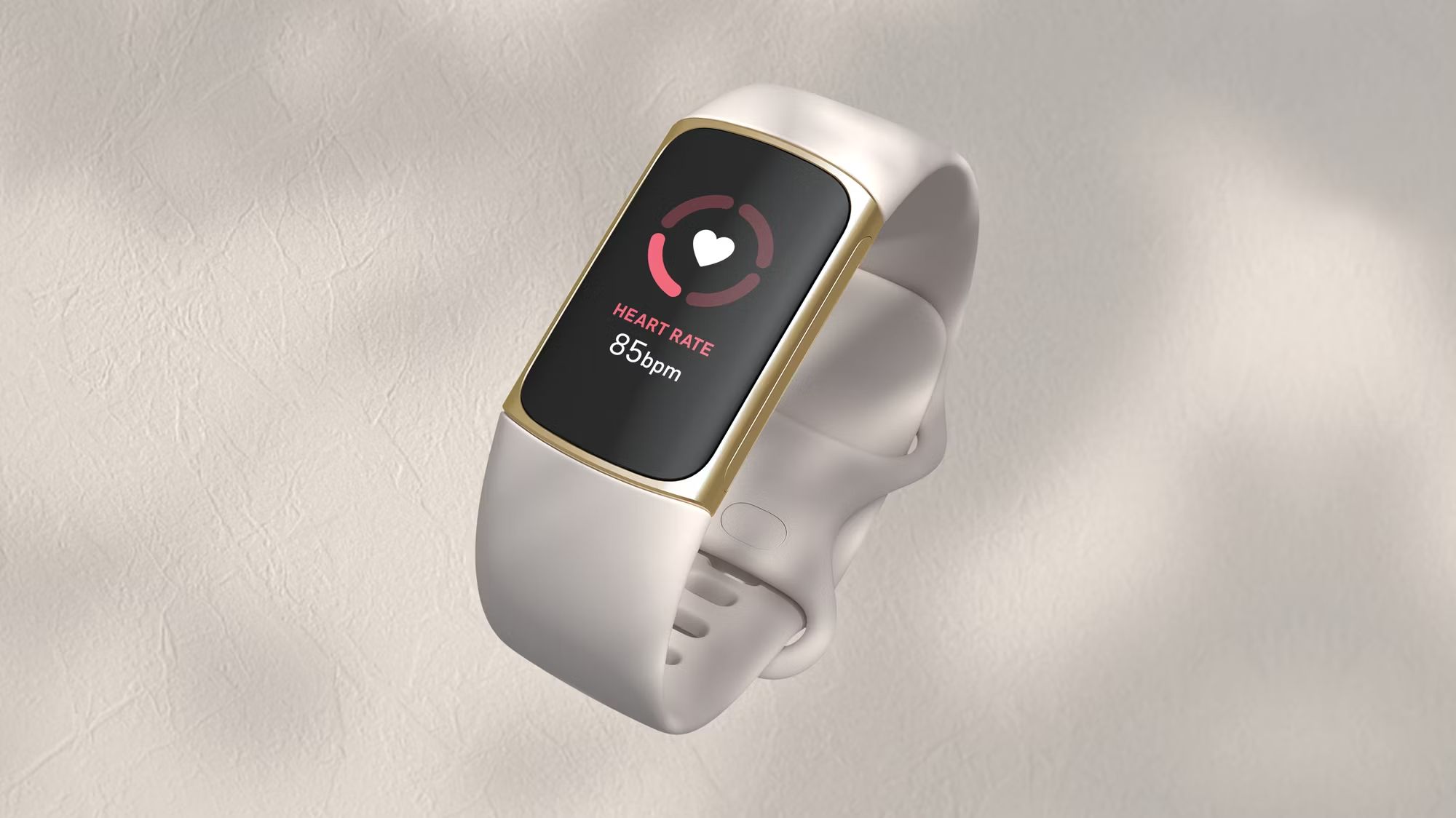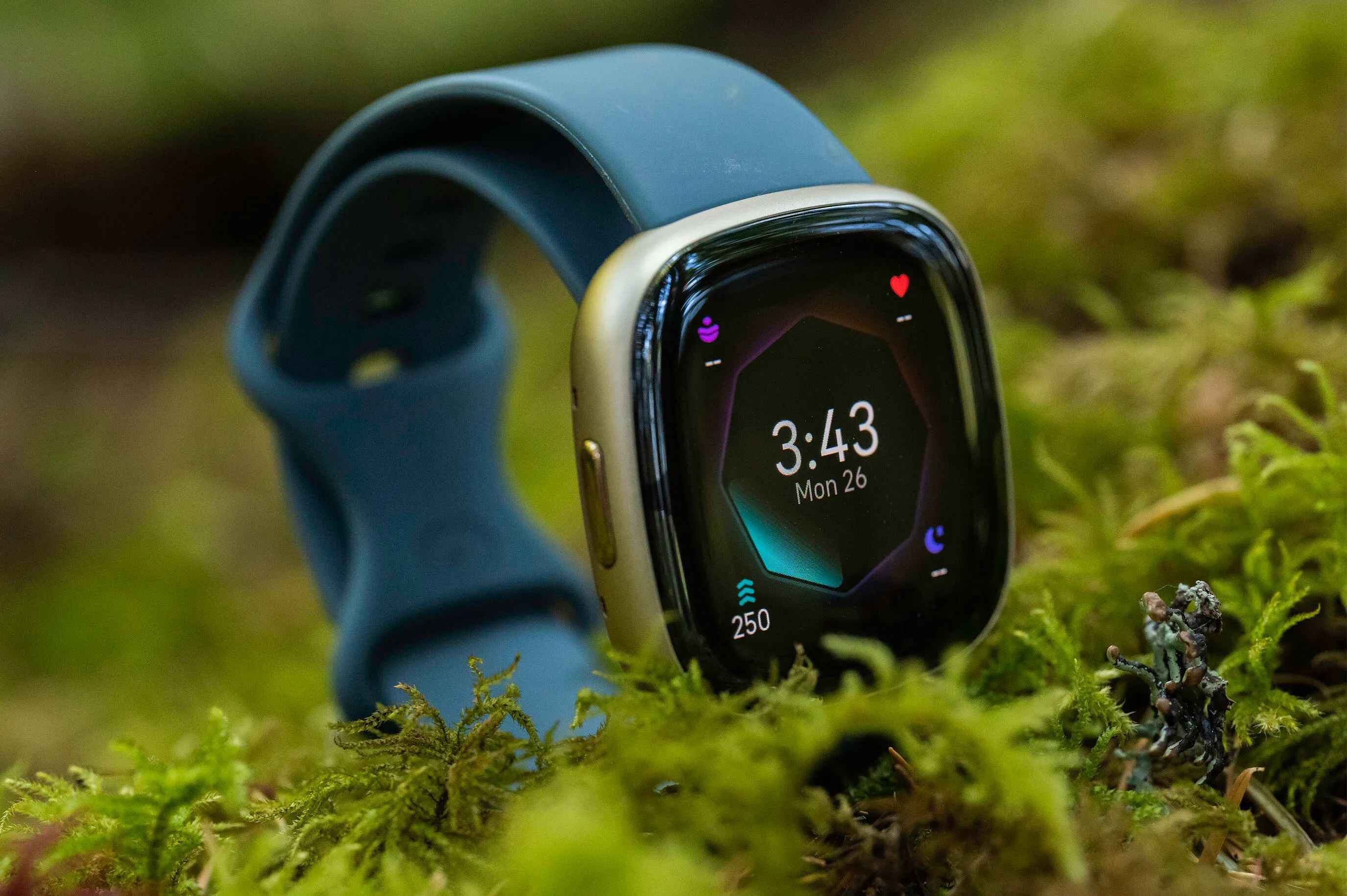Introduction
In the realm of wearable technology, Fitbit has carved a niche for itself as a pioneer in health and fitness tracking. The introduction of ECG (Electrocardiogram) on the Fitbit Sense has marked a significant leap forward in empowering users to monitor their heart health with greater precision and convenience. This cutting-edge feature has redefined the role of wearable devices, transcending the traditional boundaries of fitness tracking to encompass proactive health management.
The integration of ECG on Fitbit Sense represents a pivotal advancement, enabling users to gain deeper insights into their cardiac well-being. By leveraging this technology, individuals can monitor their heart rhythm, detect potential irregularities, and take proactive steps to safeguard their cardiovascular health. This innovation has not only elevated the utility of wearable devices but has also catalyzed a paradigm shift in how individuals engage with their personal health.
The advent of ECG on Fitbit Sense underscores the brand's unwavering commitment to fostering holistic well-being. It underscores the brand's dedication to providing users with the tools and knowledge necessary to take charge of their health proactively. This transformative feature has transcended the conventional boundaries of wearable technology, positioning the Fitbit Sense as a pivotal ally in promoting cardiovascular wellness.
As we delve deeper into the realm of ECG on Fitbit Sense, it becomes evident that this innovation holds immense potential to revolutionize personal health monitoring. The subsequent sections will illuminate the workings, benefits, and practicalities of leveraging ECG on Fitbit Sense, offering a comprehensive understanding of how this technology can empower individuals to prioritize their cardiac health with unprecedented ease and insight.
What is ECG and how does it work on Fitbit Sense?
ECG, short for Electrocardiogram, is a diagnostic tool that measures the electrical activity of the heart over a specific period. This technology has long been employed in clinical settings to detect irregular heart rhythms, evaluate cardiac health, and diagnose various heart conditions. Fitbit Sense, an advanced smartwatch, has integrated this technology to offer users an unprecedented means of monitoring their heart health.
The ECG feature on Fitbit Sense operates by utilizing built-in sensors to detect and record the electrical signals produced by the heart. When a user initiates an ECG recording on the device, electrical impulses generated by the heart are captured and analyzed. This process yields valuable data that can provide insights into the heart's rhythm and detect irregularities, such as atrial fibrillation (AFib). By leveraging this technology, users can gain a deeper understanding of their cardiac well-being, enabling them to take proactive measures to maintain a healthy heart.
The implementation of ECG on Fitbit Sense represents a significant advancement in personal health monitoring. It empowers users to go beyond basic heart rate tracking and delve into the intricacies of their cardiac activity. The seamless integration of this technology into a wearable device signifies a remarkable convergence of healthcare and consumer technology, offering users a convenient and accessible means of monitoring their heart health in real time.
Upon capturing the ECG data, Fitbit Sense provides users with comprehensive insights into their heart rhythm through the accompanying mobile app. This allows users to review and share the data with healthcare professionals, facilitating informed discussions about their cardiac health. The ability to track and analyze ECG data over time equips users with a valuable tool for monitoring long-term heart health trends and identifying potential irregularities.
In essence, the incorporation of ECG on Fitbit Sense exemplifies the fusion of advanced health monitoring capabilities with everyday wearable technology. This innovation underscores the brand's commitment to empowering users with actionable health insights, thereby fostering a proactive approach to cardiovascular wellness. By seamlessly integrating ECG functionality into the Fitbit Sense, the brand has elevated the device to serve as a reliable ally in promoting heart health and overall well-being.
Benefits of using ECG on Fitbit Sense
The integration of ECG on Fitbit Sense heralds a multitude of benefits, empowering users to proactively monitor their cardiac health with unparalleled convenience and precision. This innovative feature transcends the realm of traditional fitness tracking, ushering in a new era of personalized health management. Let's delve into the myriad advantages of leveraging ECG on Fitbit Sense:
-
Early Detection of Irregularities: ECG functionality on Fitbit Sense enables users to detect potential irregularities in their heart rhythm, such as atrial fibrillation (AFib). By capturing and analyzing electrical signals produced by the heart, the device provides users with early insights into any anomalies, facilitating prompt medical attention and intervention when necessary.
-
Comprehensive Heart Health Monitoring: With ECG capabilities, Fitbit Sense empowers users to gain a deeper understanding of their cardiac well-being. The device facilitates the continuous monitoring of heart rhythm, allowing individuals to track trends over time and detect any deviations from their regular heart activity. This comprehensive monitoring capability offers invaluable insights into long-term heart health trends, fostering proactive management of cardiovascular well-being.
-
Enhanced Personalized Health Insights: The integration of ECG on Fitbit Sense augments the device's ability to provide personalized health insights. By analyzing ECG data, users can gain a more nuanced understanding of their heart health, enabling them to make informed decisions regarding their well-being. This personalized approach to health monitoring fosters a heightened sense of agency and empowerment, as individuals are equipped with actionable data to actively manage their cardiovascular health.
-
Facilitation of Informed Discussions with Healthcare Professionals: The ECG feature on Fitbit Sense empowers users to engage in informed discussions with healthcare professionals. By capturing and analyzing ECG data, individuals can share comprehensive insights into their heart rhythm with medical practitioners, facilitating collaborative discussions about their cardiac health. This seamless exchange of data fosters a proactive approach to healthcare, enabling users to leverage professional expertise in interpreting and addressing potential cardiac irregularities.
-
Convenience and Accessibility: The incorporation of ECG on Fitbit Sense underscores the brand's commitment to enhancing the accessibility and convenience of health monitoring. By integrating this advanced technology into a wearable device, users can seamlessly monitor their heart health in real time, irrespective of their location. This unparalleled accessibility empowers individuals to prioritize their cardiac well-being without disrupting their daily routines, thereby fostering a proactive and sustainable approach to health management.
In essence, the incorporation of ECG on Fitbit Sense represents a transformative advancement in personal health monitoring, offering users a comprehensive array of benefits that empower them to proactively prioritize their cardiovascular well-being. This innovative feature underscores the brand's dedication to fostering holistic health management, positioning Fitbit Sense as an indispensable ally in promoting proactive heart health monitoring.
How to use ECG on Fitbit Sense
Using ECG on Fitbit Sense is a straightforward and user-friendly process that empowers individuals to gain valuable insights into their cardiac health. To initiate an ECG recording, users simply need to follow these simple steps:
-
Update Fitbit App: Ensure that the Fitbit app on your smartphone is updated to the latest version to access the ECG feature.
-
Wear Fitbit Sense: Put on your Fitbit Sense smartwatch and ensure that it fits snugly on your wrist for accurate readings.
-
Open ECG App: Open the ECG app on your Fitbit Sense by navigating to the "ECG" option on the device.
-
Follow On-Screen Instructions: The ECG app will provide on-screen instructions to guide you through the recording process. Follow these prompts to ensure that the ECG reading is captured accurately.
-
Hold Still and Relax: Once prompted, hold your fingers on the corners of the Fitbit Sense's stainless steel ring while ensuring that your wrist is steady and relaxed. This allows the device to capture the electrical signals produced by your heart.
-
Recording Completion: After the ECG recording is completed, the data will be processed within the Fitbit Sense, providing you with insights into your heart rhythm.
-
Review ECG Data: Access the recorded ECG data via the Fitbit app on your smartphone. Here, you can review the details of your heart rhythm and share the data with healthcare professionals if needed.
By following these simple steps, users can seamlessly leverage the ECG functionality on Fitbit Sense to gain valuable insights into their cardiac well-being. This intuitive process underscores the device's user-centric design, making advanced health monitoring accessible and convenient for individuals seeking to prioritize their heart health.
The incorporation of ECG on Fitbit Sense not only signifies a remarkable convergence of healthcare and consumer technology but also exemplifies the brand's commitment to empowering users with actionable health insights. This feature equips individuals with a powerful tool for proactive heart health management, fostering a heightened sense of agency and control over their well-being.
Precautions and limitations
While the integration of ECG on Fitbit Sense offers remarkable capabilities for heart health monitoring, it is essential for users to be mindful of certain precautions and limitations associated with this feature. Understanding these factors can contribute to a safe and informed utilization of ECG functionality on the device.
Precautions:
-
Supplementary Medical Evaluation: It is crucial to underscore that ECG readings from Fitbit Sense are not a substitute for professional medical evaluations. Individuals who receive abnormal ECG results or experience concerning symptoms should seek immediate medical attention. The device serves as a tool for initial insights, but professional medical assessment remains paramount for accurate diagnosis and treatment.
-
User Understanding: Users should familiarize themselves with the correct usage of the ECG feature to ensure accurate readings. Following the provided instructions and maintaining a steady wrist position during recording is vital for reliable data capture.
-
Device Placement: Proper placement of Fitbit Sense on the wrist is essential for accurate ECG readings. Users should ensure that the device is worn snugly and positioned correctly to optimize signal capture.
-
Healthcare Consultation: Individuals with pre-existing heart conditions or specific health concerns should consult healthcare professionals before utilizing the ECG feature. This proactive approach facilitates informed usage and ensures that the device aligns with individual health management plans.
Limitations:
-
Detection Capabilities: While ECG on Fitbit Sense can identify irregular heart rhythms, it may not detect all cardiac abnormalities. Users should be aware that the device's capabilities are focused on specific parameters and may not encompass the full spectrum of heart-related conditions.
-
Device Accuracy: Fitbit Sense's ECG feature operates within specified accuracy thresholds. Users should comprehend that the device's readings are subject to inherent limitations and may not provide medical-grade precision akin to professional ECG equipment.
-
Interference Factors: External factors such as motion, environmental conditions, and device positioning can impact ECG readings. Users should be mindful of these potential interferences and strive to record ECG readings in stable and conducive environments.
-
User Reliance: Individuals should avoid solely relying on ECG data from Fitbit Sense for critical medical decisions. While the device offers valuable insights, professional medical guidance remains indispensable for comprehensive health management.
By acknowledging these precautions and limitations, users can engage with the ECG feature on Fitbit Sense responsibly and effectively. This awareness fosters a balanced approach to leveraging the device's capabilities, ensuring that users prioritize their heart health while recognizing the complementary role of professional healthcare guidance.
Conclusion
The integration of ECG on Fitbit Sense signifies a pivotal milestone in the evolution of wearable technology, transcending the conventional boundaries of fitness tracking to embrace proactive health management. This innovative feature empowers users to delve into the intricacies of their cardiac well-being, offering a comprehensive array of benefits that foster a proactive approach to heart health monitoring.
By harnessing the ECG functionality on Fitbit Sense, individuals can gain early insights into potential irregularities in their heart rhythm, facilitating prompt medical attention when needed. The device's capability for continuous heart health monitoring enables users to track long-term trends, empowering them to take proactive measures to maintain a healthy heart. Moreover, the personalized health insights derived from ECG data equip individuals with actionable information, fostering a heightened sense of agency and control over their well-being.
The user-friendly process of utilizing ECG on Fitbit Sense underscores the device's commitment to accessibility and convenience, ensuring that individuals can seamlessly prioritize their cardiac health in their daily lives. The ability to capture, analyze, and share ECG data with healthcare professionals facilitates informed discussions, fostering collaborative approaches to heart health management.
However, it is essential for users to be mindful of the precautions and limitations associated with this feature, understanding that ECG readings from Fitbit Sense serve as initial insights and are not a substitute for professional medical evaluations. This balanced awareness can contribute to a safe and informed utilization of ECG functionality on the device.
In essence, the incorporation of ECG on Fitbit Sense represents a transformative advancement in personal health monitoring, offering users a powerful tool for proactive heart health management. This innovation underscores the brand's dedication to fostering holistic health management, positioning Fitbit Sense as an indispensable ally in promoting proactive heart health monitoring. As technology continues to intersect with healthcare, the integration of ECG on Fitbit Sense stands as a testament to the potential of wearable devices to empower individuals in prioritizing their well-being, thereby ushering in a new era of personalized health management.







